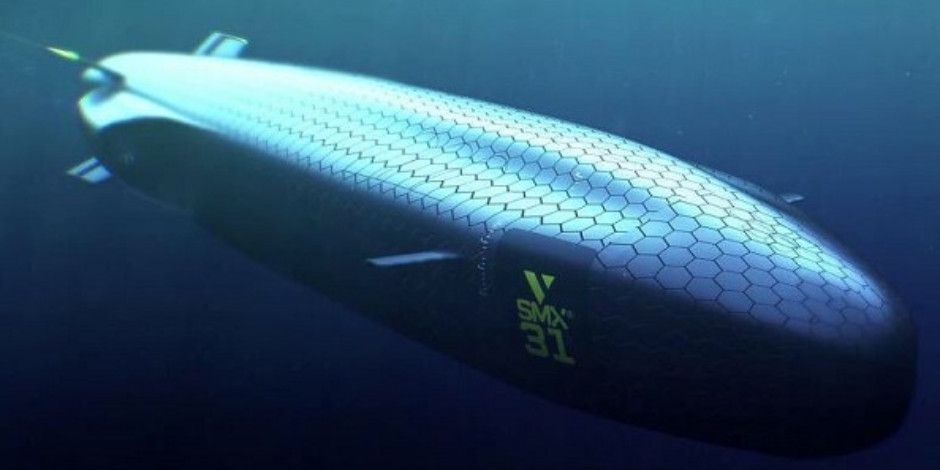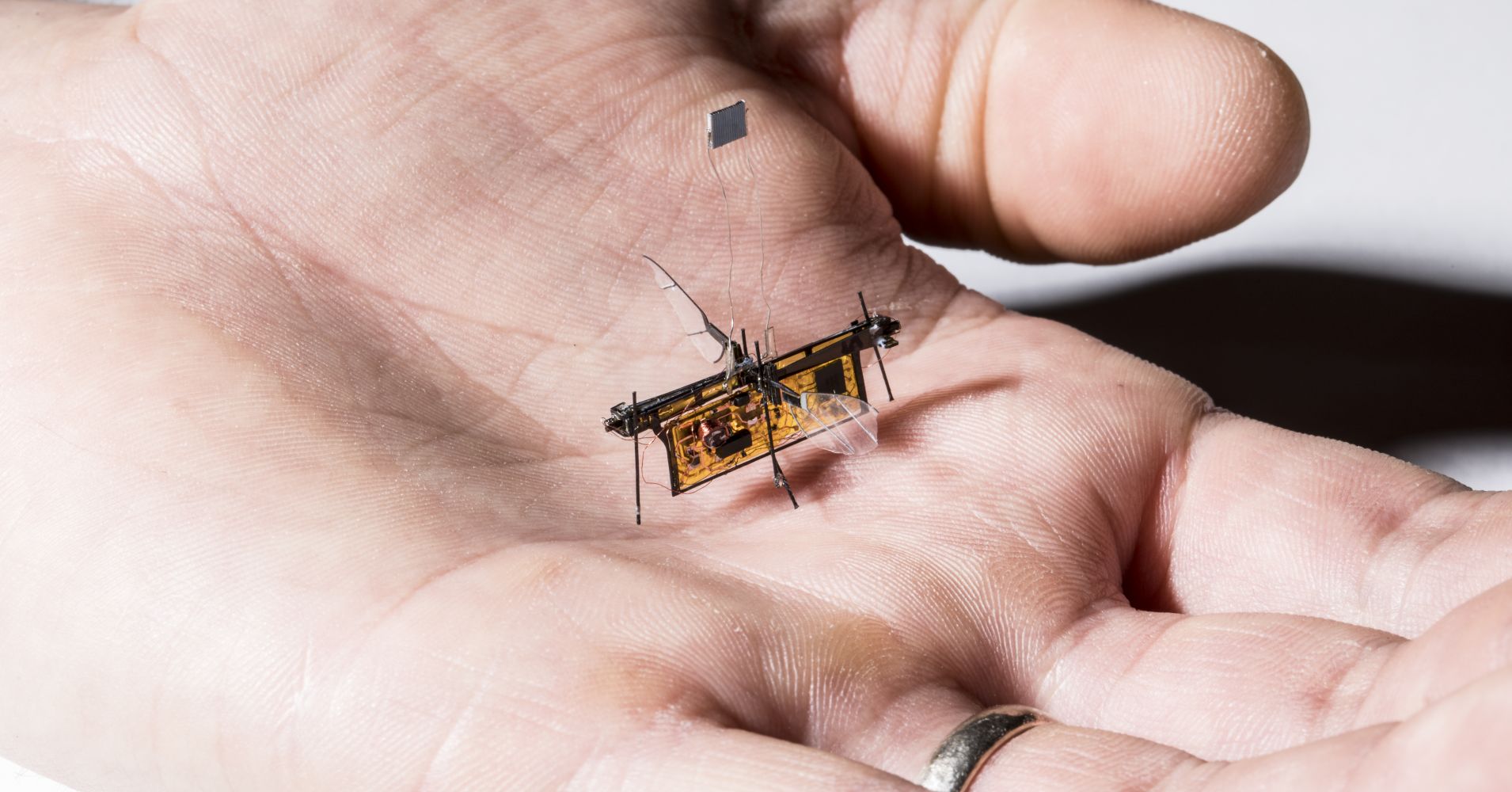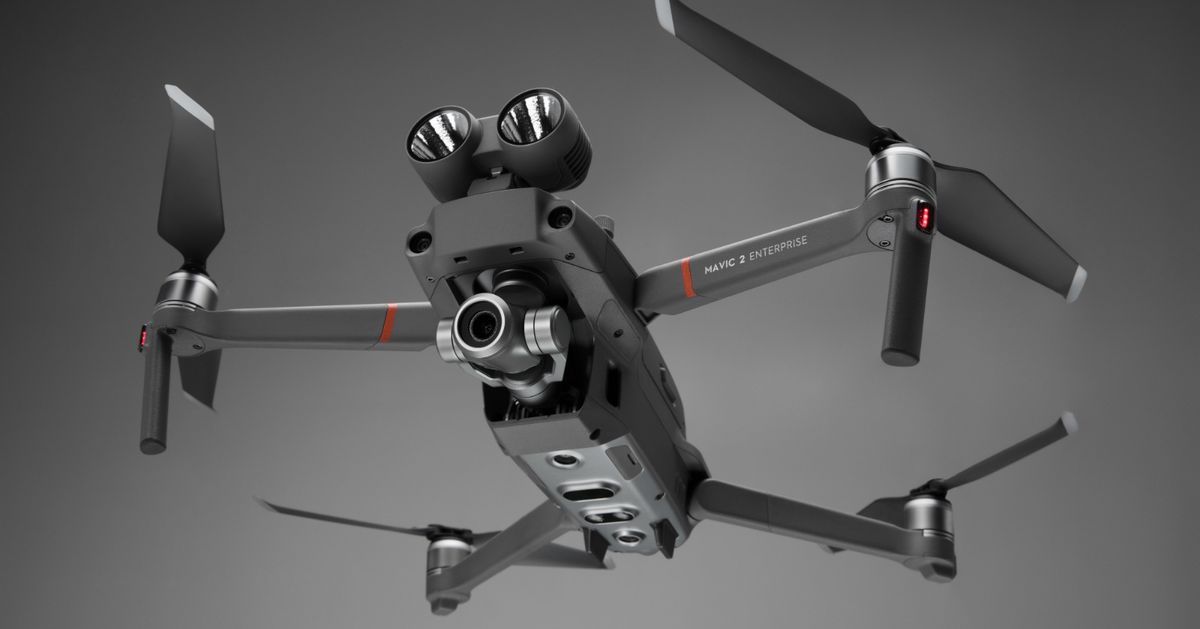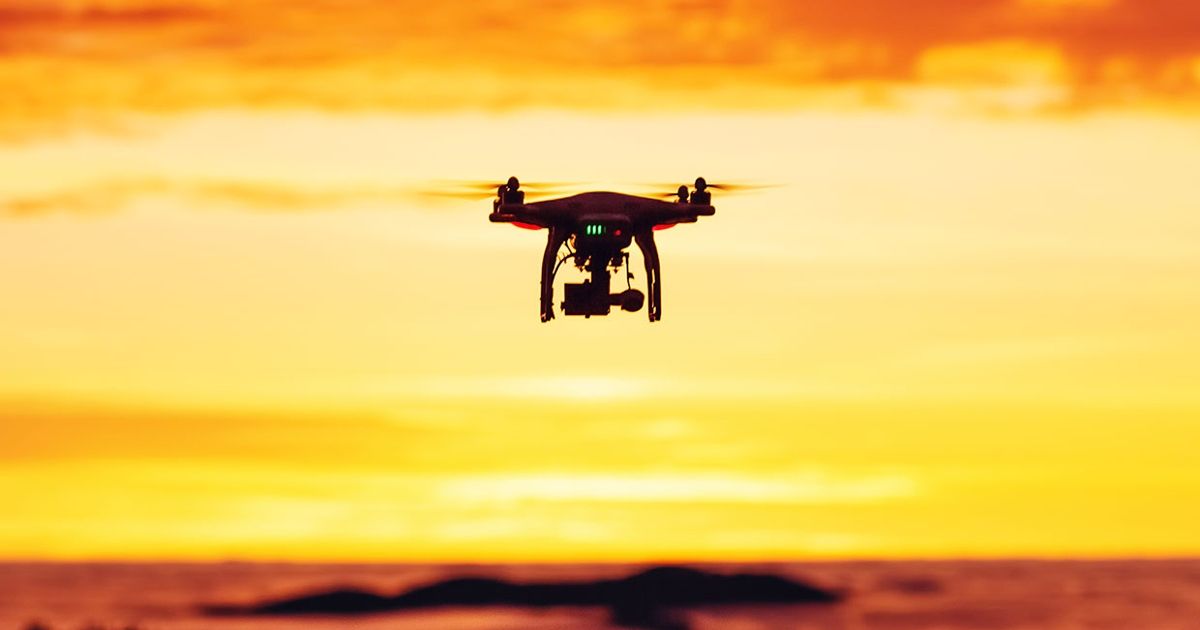This professional drone builder built a drone he can fly in. 🆒.
Category: drones – Page 128


Slightly heavier than a toothpick, the first wireless insect-size robot takes flight
With the rapid advances in drone technology spanning the 20th century, it should come as no surprise that miniature flying robots are on the horizon: Between now and 2020, Goldman Sachs’ forecasts a $100 billion market opportunity for drones, helped by growing demand from the commercial and civil government sectors.
What is surprising is that it has taken researchers more than two decades to finally come up with a fully autonomous version. That’s because the electronics needed to power and control the wings were so heavy that, until now, flying robotic insects had to be tethered to a wire attached to an external power source.
Yet a team of engineers at the University of Washington, led by assistant professor Sawyer Fuller, were able to figure it out. Relying on funding from UW, they created RoboFly, a robo-insect powered by an invisible laser beam that is pointed at a photovoltaic cell, which is attached above the robot and converts the laser light into enough electricity to operate its wings.

DJI’s new drone features swappable search and rescue accessories
DJI is taking one of its newest drones and turning it into something small businesses and government agencies might want to use. The Chinese drone maker just announced the Mavic 2 Enterprise — a modular $1,999 version of the Mavic 2 Zoom — that is better suited for tasks like inspection or search and rescue.
Mavic 2 Enterprise comes with three different accessories. There’s a 2,400-lumen spotlight, a 100-decibel speaker, and a flashing strobe. The loudspeaker allows operators to remotely blast up to 10 custom recordings, and the strobe is visible from three miles away. DJI says the accessories help move its products “beyond imaging” and “into configurable platforms that enhance aerial productivity.”

How Robots and Drones Will Change Retail Forever
We are in the early days of what might be called the “physical cloud,” an e-commerce ecosystem that functions like the internet itself. Netflix caches the movies you stream at a data center physically close to you; Amazon is building warehouse after warehouse to store goods closer to consumers. And the storage systems at those warehouses are looking more like the data-storage systems in the cloud. Instead of storing similar items in the same place—a helpful practice when humans were fetching the goods—Amazon’s warehouses store multiples of the same item at random locations, known only to the robots. Trying to find an Instapot at one of Amazon’s warehouses would be like trying to find where in the cloud one of your emails is stored. Of course, you don’t have to. You just tap your screen and the email appears. No humans are involved.
What if you could store and deliver goods as easily as data? Amazon, Walmart and others are using AI and robotics to transform everything from appliance shopping to grocery delivery. Welcome to the physical cloud.
SpaceX successfully landed its Falcon 9 rocket on the California coast for the first time
Original Story: This evening, SpaceX is set to launch a used Falcon 9 rocket from California, a flight that will be followed by one of the company’s signature rocket landings. But this time around, SpaceX will attempt to land the vehicle on a concrete landing pad near the launch site — not a drone ship in the ocean. If successful, it’ll be the first time that the company does a ground landing on the West Coast.
Up until now, all of SpaceX’s ground landings have occurred out of Cape Canaveral, Florida, the company’s busiest launch site. SpaceX has two landing pads there, and has managed to touch down 11 Falcon 9 rockets on them. And each time the company has attempted to land on land, it’s been a success.

Hundreds of Drone Pilots Violate FAA Restricted Airspace to Get the Perfect Shot of Hot Air Balloons
The 47th annual Balloon Fiesta kicked off earlier this month and has a new obstacle to contend with. The flagship event held in Albuquerque, NM has had logistical problems in the past, but a new problem has arisen in the form of drone enthusiasts looking for the perfect shot.
The Albuquerque International Balloon Fiesta is a popular event held every year that draws a crowd of around 100,000 people who want to see the spectacle of hundreds of balloons in the air at once. As the years pass, Balloon Fiesta has grown into an event that hosts over 500 hot air balloons and massive crowds.
In the past, Balloon Fiesta has seen its share of dangers that have resulted in tragedy. For example, the 1982 explosion of a giant 12-story hot air balloon called the El Globo Grande that killed four people and injured five, or the numerous instances of hot air balloons colliding with power lines throughout the years. Though hot air ballooning is reportedly a very safe form of aviation, unique dangers still exist. As technology advances, one of those dangers comes in the form of hobbyist drone pilots attempting to get the perfect aerial photo.
Scientists Turn Nuclear Waste into Diamond Batteries That’ll Last for Thousands of Years
This technology may someday power spacecraft, satellites, high-flying drones, and pacemakers.

New FAA Rules for Drones Go Into Effect
The 2018 FAA Reauthorization Act maintains a distinction between recreational and commercial activities, but the FAA is no longer constrained by law not to impose rules on the former: Section 336, which had previously carved out an exception for model aircraft, has been entirely repealed. In its place is a new Section 349, which covers what the FAA expects of recreational flyers.
The title of Section 349 betrays a very different attitude compared with the earlier Section 336. It reads: “Exception for Limited Recreational Operations of Unmanned Aircraft.” No more calling them model aircraft: Small models—including things sold as toys, even paper airplanes—are referred to as “Unmanned Aircraft.”
That seems a little ridiculous to me. In my view, the FAA is committing what philosophers sometimes call the fallacy of the beard: A paper airplane is clearly not something the FAA should worry about, whereas a large octocopter with whirring blades carrying a heavy camera is. But where do you draw the line? The FAA refuses to set a threshold under which it bows out, insisting that everything not carrying people and capable of flight is an “unmanned aircraft” requiring the agency’s oversight and regulation.
Watch SpaceX attempt to land its Falcon 9 rocket on the California coast for the first time
This evening, SpaceX is set to launch a used Falcon 9 rocket from California, a flight that will be followed by one of the company’s signature rocket landings. But this time around, SpaceX will attempt to land the vehicle on a concrete landing pad near the launch site — not a drone ship in the ocean. If successful, it’ll be the first time that the company does a ground landing on the West Coast.
Up until now, all of SpaceX’s ground landings have occurred out of Cape Canaveral, Florida, the company’s busiest launch site. SpaceX has two landing pads there, and has managed to touch down 11 Falcon 9 rockets on them. And each time the company has attempted to land on land, it’s been a success.